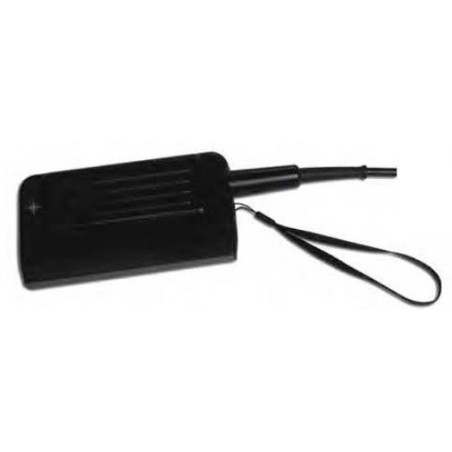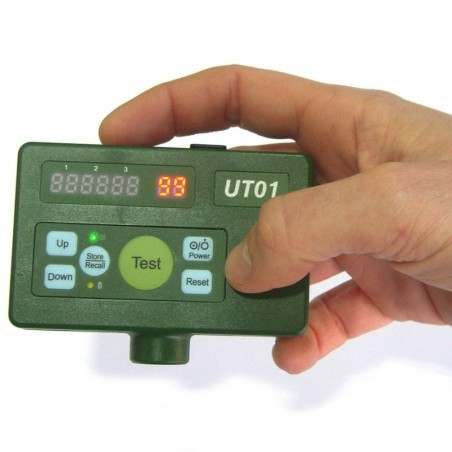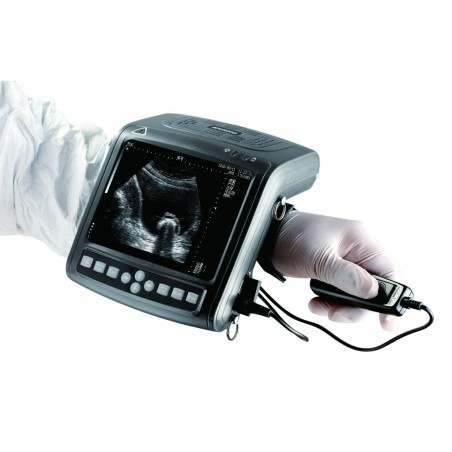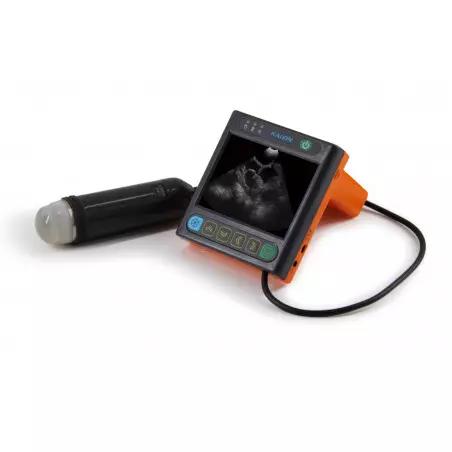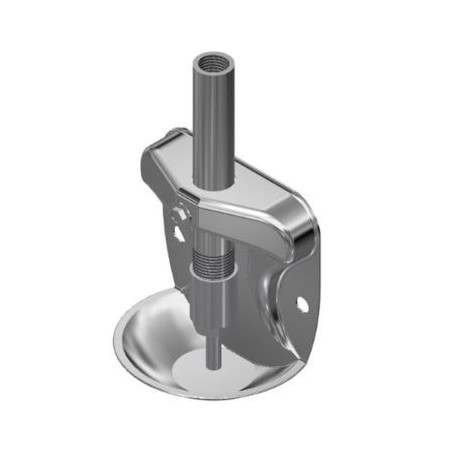Energy demands during lactation greatly influence sow body condition and piglet performance. We hypothesized that primiparous sows or sows with reduced body condition would produce piglets with reduced growth and delayed sexual maturation. Eight weekly farrowing seasons were used to evaluate sow body condition (post-farrowing and weaning) and piglet growth from 157 dams. Body condition was measured at post-farrowing and weaning using sow calipers (last rib and hip) and 10th rib ultrasound. Sows were categorized as thin, moderate, or fat by caliper (post-farrowing or weaning). Individual pig weights were recorded on approximately 1, 10, 45, 100, and 145 days of age and at weaning. At 100 and 145 days of age, 10th-rib backfat and loin eye area were measured on 567 pigs and first estrus was monitored in 176 gilts reserved for breeding selection beginning at approximately 170 days of age.
Sows had similar post-farrowing last rib caliper measurements but at weaning, first parity sows had the smallest caliper measurements compared to other parities. Parities 1, 2, and 3 sows had similar loin eye area at post-farrowing; however, at weaning first parity sows had the smallest loin eye area (38.2 ± 0.63 cm2). Parity 1 sows had the greatest reduction of backfat and loin eye area over the lactation period (−2.9 ± 0.31 mm and −2.6 ± 0.49 cm2, respectively). At 1 day of age and weaning, piglets from first parity sows weighed the least but were the heaviest at 100 and 145 days of age. Pigs from first parity litters had larger loin eye area at 100 and 145 days of age and greater backfat at 145 days of age. Fat sows at weaning (last rib or hip) had the lightest piglets at 10 days of age and weaning. However, at 45 days of age, piglets from fat sows (last rib or hip) were heavier than piglets from moderate and thin sows. Tenth rib backfat at 100 and 145 days of age tended to be less in pigs reared by thin sows (post-farrowing and weaning hip). Tenth rib loin eye area was similar among pigs reared by fat, moderate, or thin sows. Gilts developed in litters from fourth parity sows had delayed age at puberty in contrast to gilts from first or third parity sows (200.9 ± 4.96 days vs. 189.0 ± 2.29 days and 187.5 ± 2.84 days, respectively).

Although progeny body weights were typically less from first parity dams through 45 days of age, these progeny were similar or heavier at 100 and 145 days of age in contrast to progeny from other parities. Furthermore, gilt progeny from first parity dams did not have delayed pubertal attainment.
Rempel LA, Keel BN, Oliver WT, Wells JE, Lents CA, Nonneman DJ, Rohrer GA. Dam parity structure and body condition during lactation influence piglet growth and gilt sexual maturation through pre-finishing. Journal of Animal Science. 2022; 100(4): skac031. https://doi.org/10.1093/jas/skac031






